Welcome to the world of nature’s assassins. These venomous critters pack a powerful and deadly punch. A single sting is potent enough to bring your story to an abrupt and terrifying end, so it pays to be aware.
1. Box Jellyfish
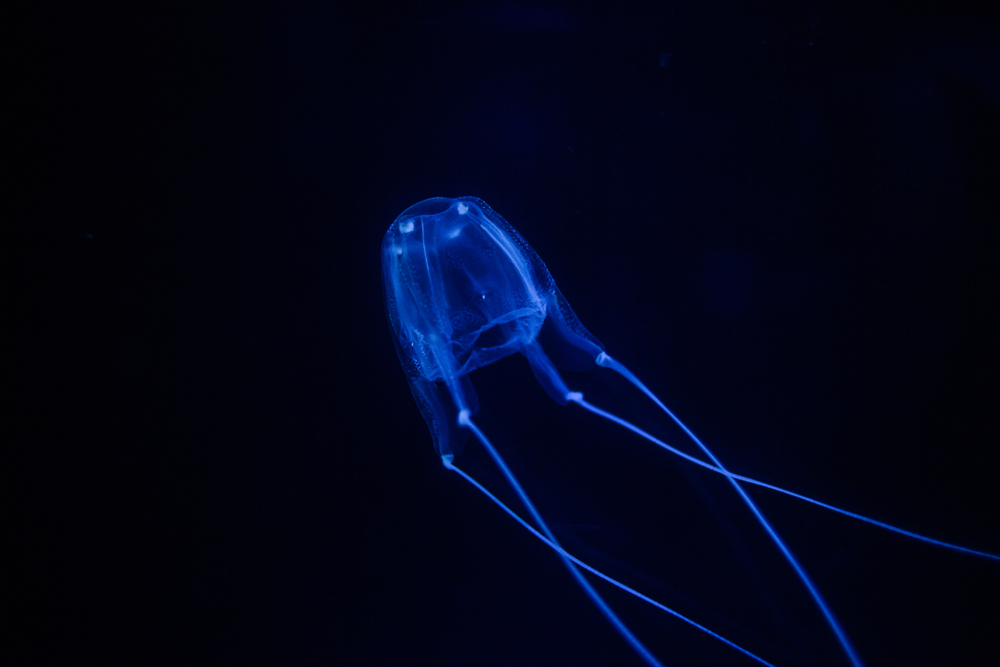
Meet the box jellyfish, which holds the dubious honor of being one of the most venomous creatures on Earth. Found in the warm coastal waters of the Indo-Pacific region, this translucent sea dweller is both beautiful and deadly. Its tentacles, which can reach up to 10 feet in length, are loaded with venomous nematocysts that can trigger heart failure in an instant. What’s even more chilling? The sting is often so excruciating that it leads to shock and drowning before rescue can even be attempted. Just imagine wading innocently through the ocean’s shallows, only to be met with this invisible adversary. According to National Geographic, the box jellyfish is one of the most venomous creatures on Earth, with tentacles that can deliver toxins capable of causing heart failure within minutes.
But let’s not forget, the box jellyfish is a marvel of nature’s design. Unlike its more passive jellyfish relatives, this box-shaped predator can actively hunt its prey, using its tentacles with precision. This level of sophistication makes it a formidable hunter of small fish and crustaceans. For those who dare to venture into waters known for these creatures, heed the warnings and respect the signs. Stinger nets and vinegar have been lifesavers in jellyfish-infested waters, so always swim cautiously. And remember, as fascinating as they are, these jellyfish are best appreciated from a distance or, better yet, in the safety of an aquarium.
2. Stonefish
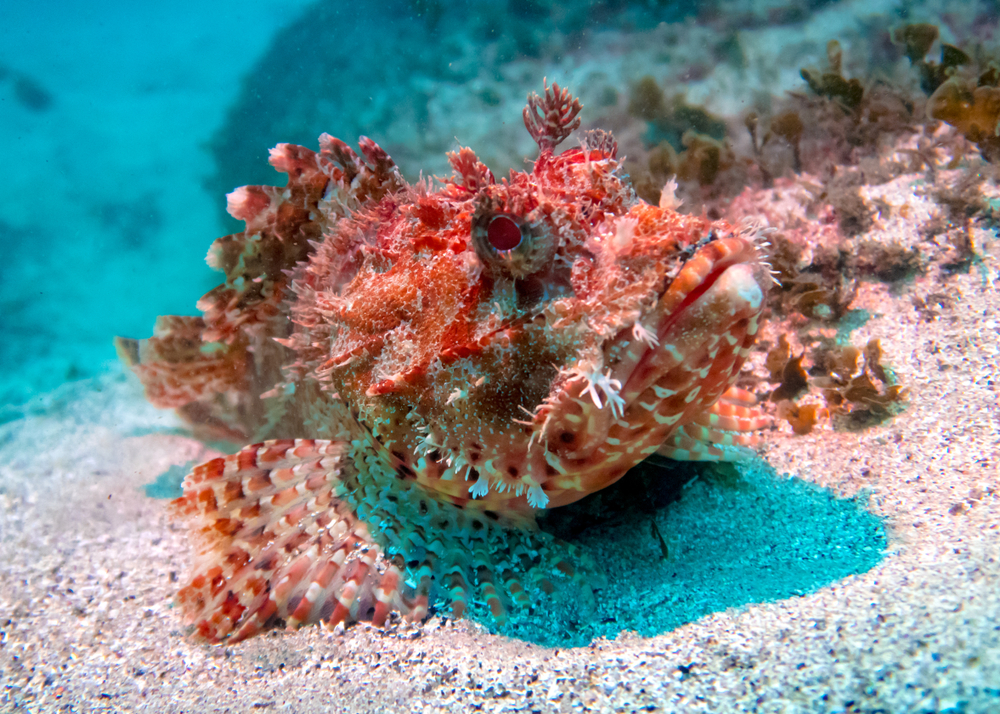
Introducing the stonefish, a master of camouflage and one of the most venomous fish known to humankind. Found lurking in the coastal regions of the Indo-Pacific, this fish is as dangerous as it is deceptive. With a body that closely resembles a piece of coral or rocky substrate, it’s no wonder unsuspecting swimmers and divers sometimes fall victim to its sting. The stonefish’s dorsal fin spines are packed with potent venom, capable of causing intense pain, paralysis, and even death if not treated promptly. Imagine stepping on what you thought was a harmless rock, only to feel a sudden, stabbing pain shoot through your foot. As highlighted by HowStuffWorks, the stonefish, often camouflaged as a rock, has venomous dorsal spines that can cause intense pain, paralysis, and even death if not treated promptly.
However, the stonefish isn’t just a villain in the underwater realm. It plays a crucial role in the marine ecosystem, controlling fish populations and maintaining the balance of coral reefs. Additionally, the stonefish has inspired medical research, leading to the development of antivenoms and pain relief treatments. Understanding this creature helps us appreciate the delicate balance of marine life and the significance of each species. So, while the stonefish may be a dangerous foe, it’s also a remarkable testament to the complexity and beauty of nature’s designs.
3. Inland Taipan
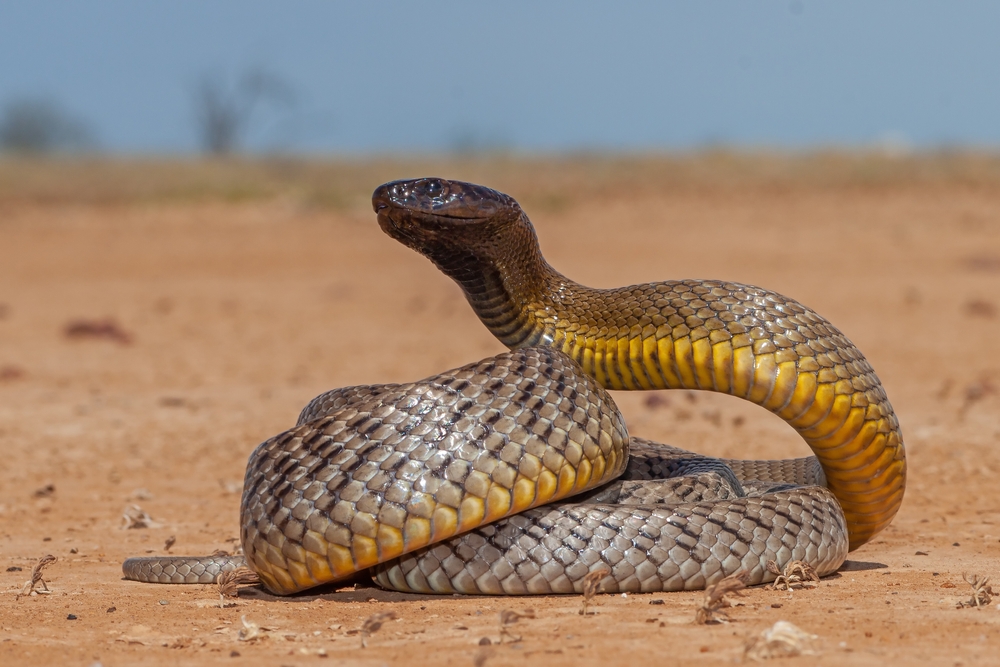
Meet the inland taipan, often referred to as the “fierce snake,” holding the title of the most venomous snake in the world. Found in the arid regions of Australia, this snake has venom so potent that a single bite holds enough toxin to kill several adult humans. However, despite its fearsome reputation, the inland taipan is reclusive and rarely encountered by humans, preferring to stay away from populated areas. Its venom is a deadly cocktail of neurotoxins, hemotoxins, and myotoxins, leading to paralysis and respiratory failure if not treated swiftly.
But here’s the twist: the inland taipan is incredibly shy and non-aggressive, preferring to flee rather than fight. Its lethal reputation is paradoxical, as no human fatalities have been recorded from its bite, thanks to the availability of antivenom and the snake’s elusive nature. This creature’s role in controlling pest populations is vital for the ecosystem, showcasing nature’s inherent checks and balances. While it’s wise to be cautious in taipan territory, understanding and respecting these snakes can lead to safer coexistence with these fascinating reptiles.
4. Brazilian Wandering Spider
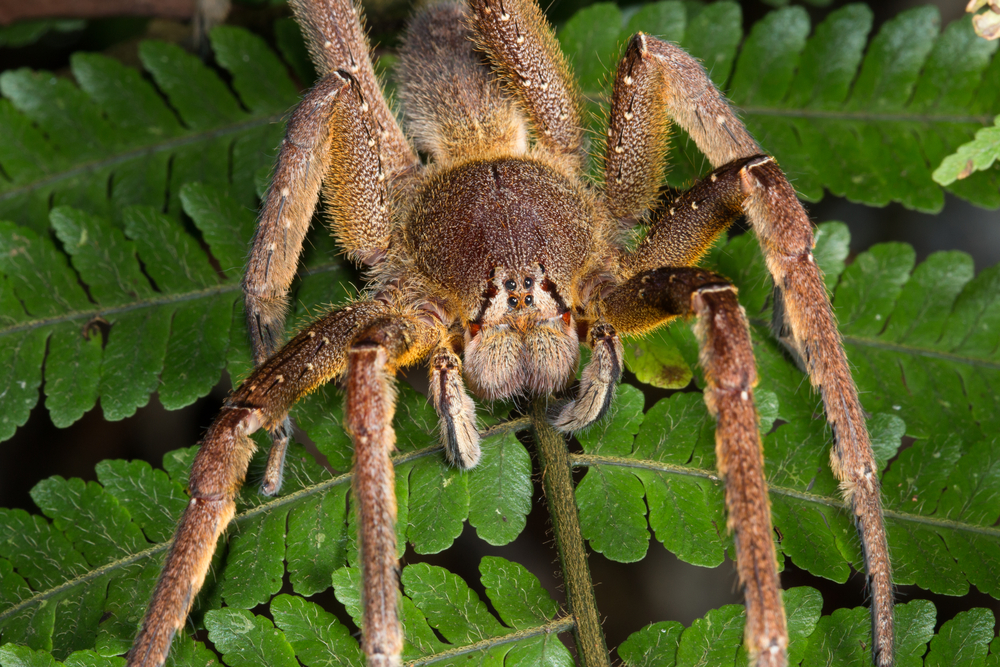
Say hello to the Brazilian wandering spider, a land-dwelling arachnid known for its erratic behavior and potent venom. Unlike many spiders that create webs to trap prey, this spider actively roams the jungle floor, hunting for insects and small vertebrates. Its venom is a powerful neurotoxin that can cause intense pain, paralysis, and in severe cases, death, making it a formidable contender in the world of venomous creatures. For humans, a bite can lead to symptoms such as severe pain, an increased heart rate, and in rare cases, priapism. Yes, you read that right.
Yet, the Brazilian wandering spider is not just about danger and doom. It plays a crucial role in controlling insect populations and maintaining ecological balance. Intriguingly, its venom has been studied for potential medicinal uses, including treatments for erectile dysfunction. So, while the prospect of encountering one in the wild might send shivers down your spine, it’s also a fascinating example of how nature’s deadliest creatures can contribute to scientific advancements. As always, admire them from afar and let them wander the jungles undisturbed.
5. Cone Snail
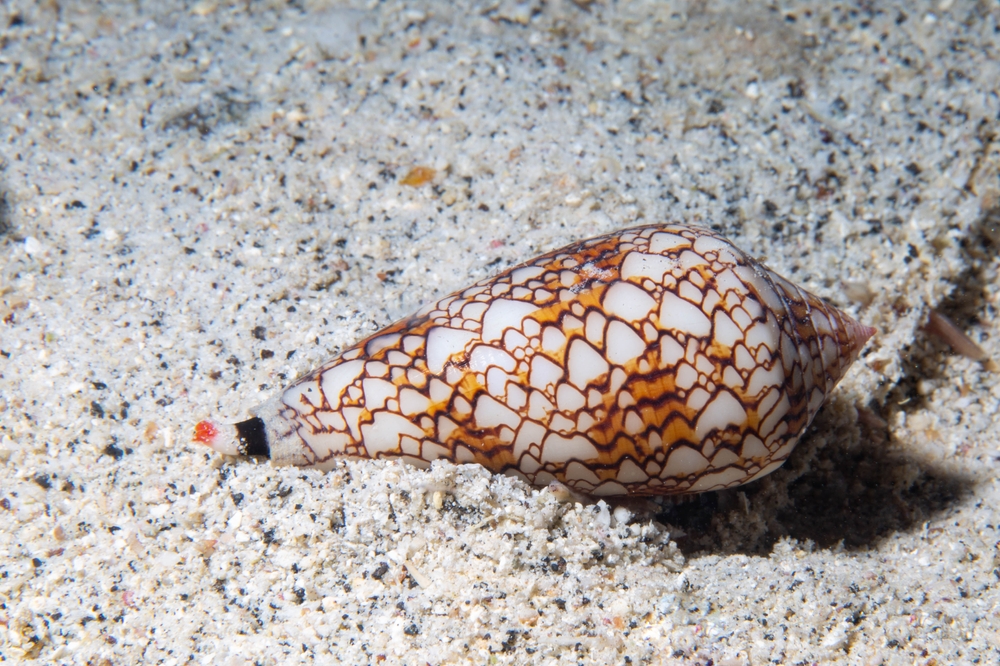
Meet the cone snail, an unassuming but deadly predator of the sea. Found in tropical and subtropical oceans, this gastropod doesn’t look like much of a threat, but its venomous harpoon can pack a deadly punch. The venom of some cone snail species is potent enough to kill a human, with symptoms ranging from intense pain to paralysis and respiratory failure. What’s even more terrifying? The sting can occur before you even realize what’s happened, often when picking up the beautiful shell.
But the cone snail isn’t just a threat; it’s a marvel of evolutionary adaptation. Its venom is a complex mix of compounds, some of which are being studied for their potential medical applications, including pain relief and treating neurological disorders. This tiny marine predator reminds us of the incredible versatility of nature’s creations and the potential benefits hidden within its deadly arsenal. So, while these snails might look pretty in a shell collection, it’s best to admire them from a distance or let them live peacefully in their natural habitats.
6. Blue-Ringed Octopus
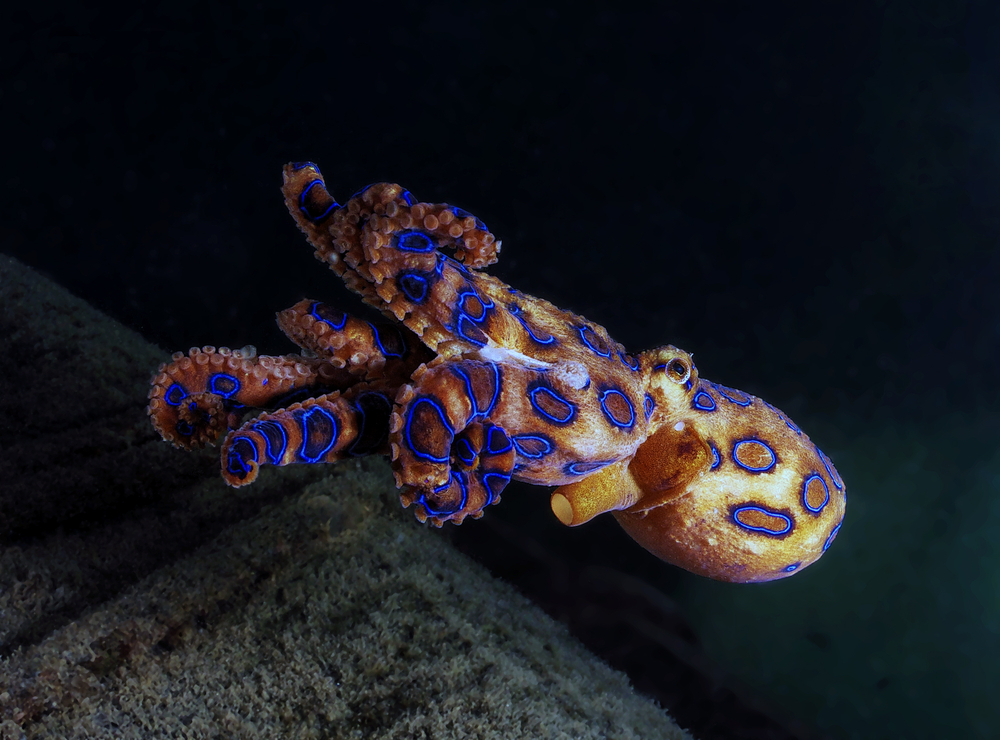
Behold the blue-ringed octopus, small yet strikingly beautiful with its iridescent blue rings. Found in tide pools and coral reefs of the Pacific and Indian Oceans, this octopus is one of the most venomous marine animals. Despite its small size, its venom can be deadly to humans, causing paralysis and respiratory failure with no known antivenom. The warning is clear: those dazzling blue rings are a sign to steer clear, as they flash when the octopus feels threatened.
Yet, this tiny cephalopod is more than just a lethal beauty. The blue-ringed octopus is an essential member of the marine ecosystem, controlling populations of small marine creatures. Its unique ability to change color and texture makes it a fascinating subject for scientific study, contributing to our understanding of camouflage and communication in marine animals. While its venomous capabilities are undeniably dangerous, the blue-ringed octopus is a reminder of the intricate and delicate balance of life in the ocean’s depths.
7. Irukandji Jellyfish
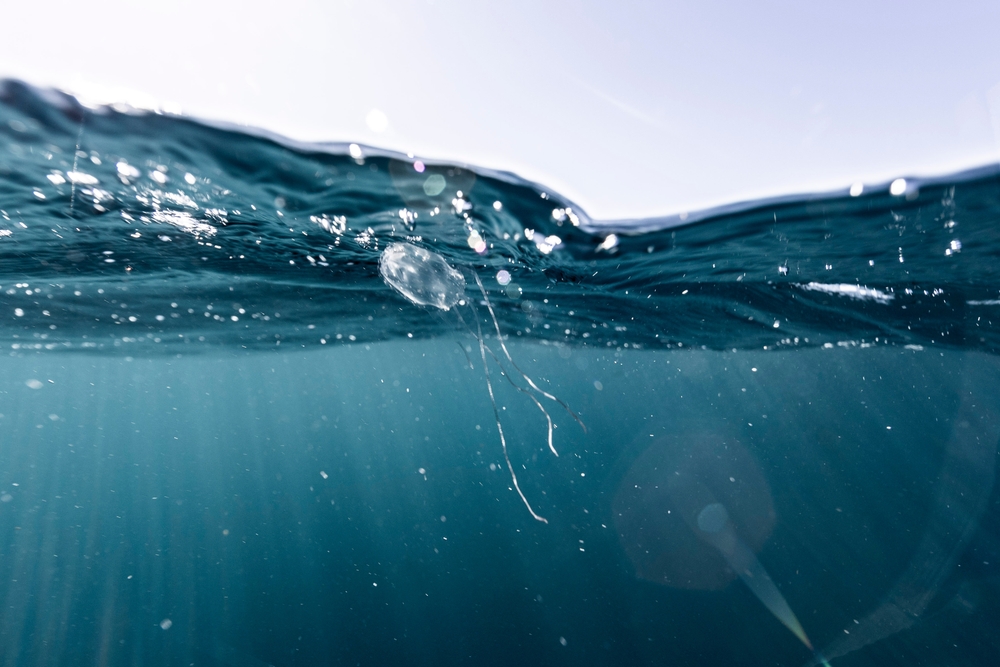
Introducing the Irukandji jellyfish, a tiny but mighty force in the ocean’s arsenal of deadly creatures. Found in the waters of northern Australia, this jellyfish is barely the size of a thumbnail but can deliver a sting that causes severe pain, nausea, and in some cases, heart failure. The phenomenon known as Irukandji syndrome induces excruciating pain that can last for days, making this jellyfish a formidable foe. Imagine swimming in tropical waters, only to be hit by a sudden, mysterious agony that feels like a punch to the gut.
However, the Irukandji jellyfish is more than just a harbinger of pain. It’s a crucial part of the marine food chain, serving as prey for larger marine predators. The sting, while dangerous to humans, is a natural defense mechanism and a means of subduing its prey. As researchers continue to study this jellyfish, we gain insights into its biology and behavior, leading to better safety measures for swimmers and divers. While it’s wise to be cautious in Irukandji territory, these creatures remind us of the ocean’s immense power and beauty.
8. Scorpionfish
Meet the scorpionfish, a master of disguise and venomous defender of the reefs. Found in the warm waters of the Indo-Pacific, this fish is known for its spiny fins and ability to blend seamlessly into its surroundings. Its venomous spines can deliver a painful sting that may lead to swelling, fever, and in severe cases, tissue death. Imagine brushing against what looks like a piece of coral, only to be greeted by a sudden, sharp pain that requires immediate medical attention.
Yet, the scorpionfish’s venomous nature is just one facet of its ecological role. It’s an adept ambush predator, consuming smaller fish and controlling populations on the reef. Its camouflage abilities showcase nature’s ingenuity, allowing it to evade predators and surprise its prey. While it’s essential to exercise caution when exploring reefs inhabited by scorpionfish, these creatures are a testament to the complex and fascinating dynamics of marine life. Admire them from a respectful distance and appreciate their role in maintaining the vibrant tapestry of the ocean’s ecosystems.
9. Deathstalker Scorpion
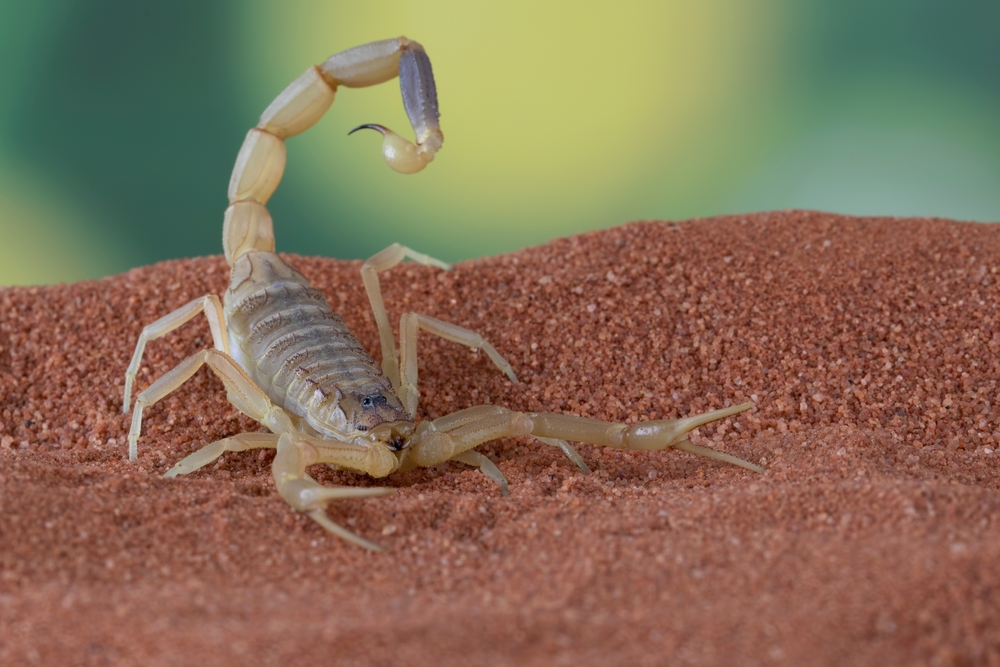
Say hello to the deathstalker scorpion, a desert-dwelling arachnid with a name as intimidating as its sting. Found in arid regions across North Africa and the Middle East, this scorpion boasts venom that can cause severe pain, convulsions, and even death in vulnerable individuals. Its fast-acting neurotoxic venom makes it one of the most dangerous scorpions known to humans, living up to its fearsome name. Imagine an evening under the stars in the desert, only to feel a sudden sting that demands immediate medical care.
However, the deathstalker scorpion is more than a desert menace. Its venom is a subject of scientific interest, with potential applications in cancer research and neurological studies. This scorpion plays a vital role in its arid habitat, preying on insects and small animals, helping to maintain ecological balance. While its presence may be unsettling to those exploring the desert, understanding the deathstalker’s ecological and scientific significance reveals the multifaceted nature of these resilient arthropods.
10. Australian Funnel-Web Spider
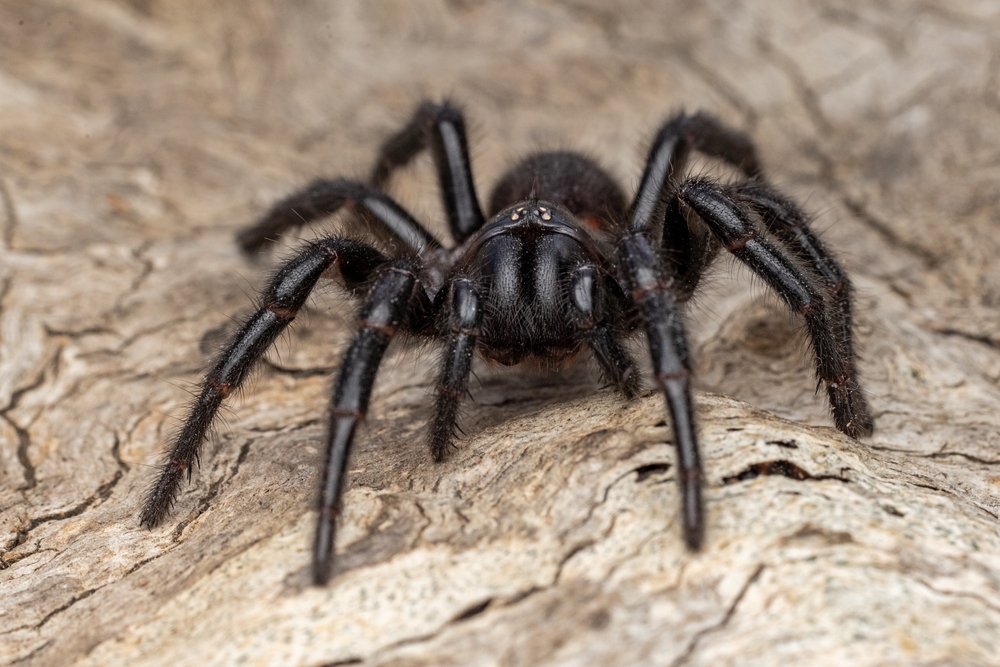
Meet the Australian funnel-web spider, a notorious resident of eastern Australia known for its aggressive nature and potent venom. This spider’s venom contains a powerful neurotoxin that can cause severe symptoms, including muscle spasms, difficulty breathing, and, if untreated, death. Unlike many spiders, the funnel-web is known for its defensive behavior, often delivering multiple bites if threatened. Imagine an encounter in your backyard, where a seemingly harmless spider turns into a sudden, serious medical emergency.
Yet, the Australian funnel-web spider is not solely a villain. It plays a crucial role in controlling insect populations, ensuring ecological balance in its native habitat. The development of an effective antivenom has significantly reduced fatalities, highlighting the importance of medical advancements in coexisting with these creatures. Understanding and respecting the funnel-web’s role in its ecosystem allows us to appreciate the intricate web of life in Australia’s diverse habitats. While it’s wise to be cautious in funnel-web territory, these spiders are an integral part of the natural world, deserving of both respect and understanding.
